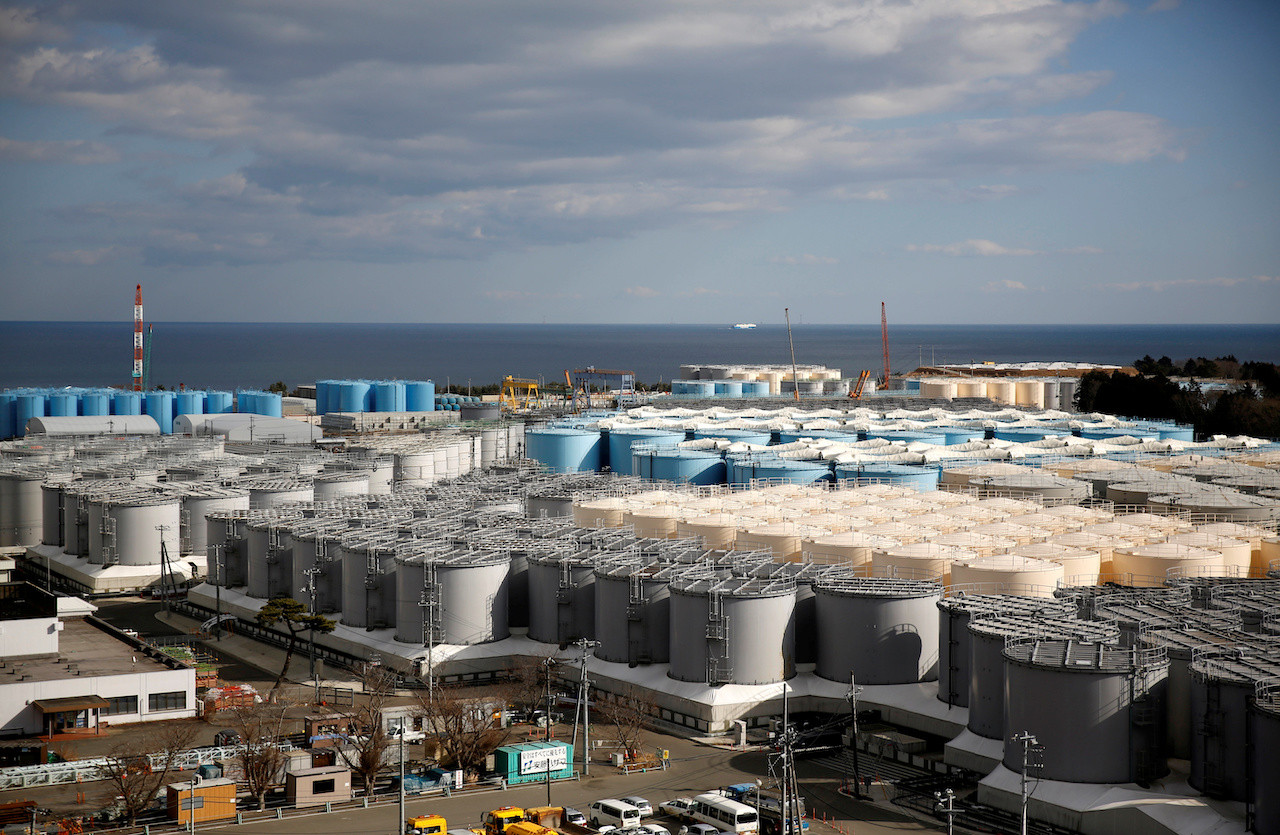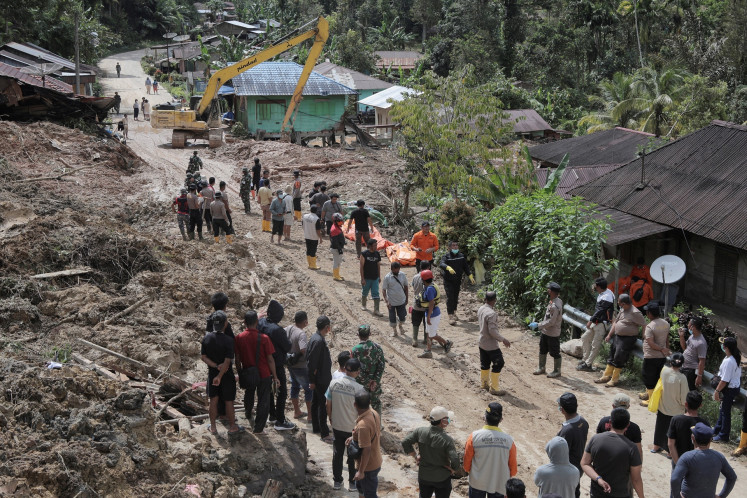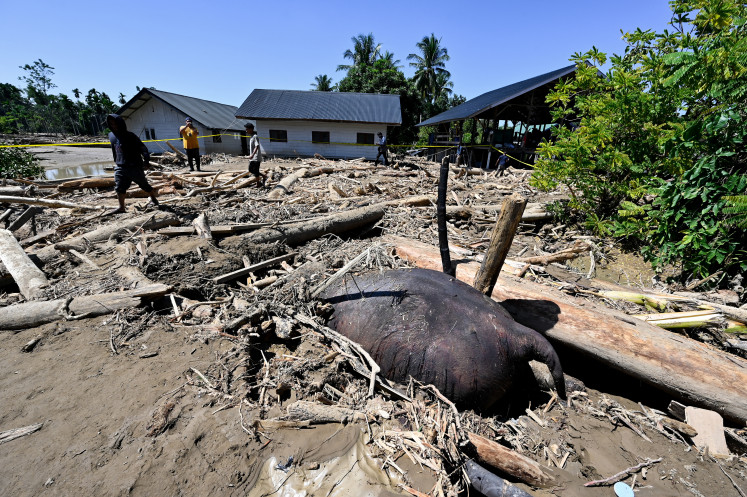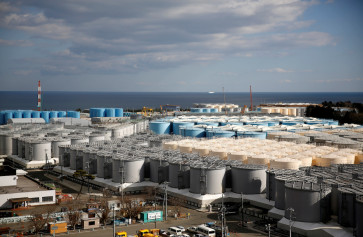Popular Reads
Top Results
Can't find what you're looking for?
View all search resultsPopular Reads
Top Results
Can't find what you're looking for?
View all search resultsThorium-fueled nuclear reactors won’t help cut emissions
Renewables like solar and wind are far more reliable and readily available, and among the cheapest energy sources that can tackle the urgency of the climate crisis.
Change text size
Gift Premium Articles
to Anyone
O
n Feb. 11, nuclear company ThorCon Power signed a Memorandum of Understanding with Indonesia’s National Research and Innovation Agency (BRIN) “on research, development, and innovation of molten salt reactors as an advanced technology for producing nuclear energy”.
This is the latest development in a series of agreements and announcements involving ThorCon that dates back to at least 2015, when President Joko “Jokowi” Widodo visited Washington, DC, for talks with then-president Barack Obama.
The push for building a nuclear reactor has to be seen in the context of the larger effort to reduce emissions to achieve net-zero targets. Countries are pressured to find suitable technology to replace coal plants that produce firm and dispatchable power.
The argument made by nuclear advocates is that it is the best technology to replace coal for electricity generation. Some technology vendors further claim that electricity from small modular reactors (SMRs) could be cheap. ThorCon, for example, claims that its SMR design could be US$800 to $1,000 per kilowatt of generation capacity.
These claims are not really credible. Wall Street company Lazard estimates that the cost of building a large nuclear plant ranges from $7,800 to $12,800 per kW, and that the cost of each kilowatt-hour (kWh) of electricity is between 13 and 20 US cents. In comparison, solar and wind comes in at around $1,000 per kW and 3.5 US cents/kWh. Unfavorable economics has resulted in the share of nuclear power in global electricity generation declining from 17.5 percent in 1996 to 10.1 percent in 2020, according to the World Nuclear Industry Status Report 2021.
SMRs will make the economics worse. The per unit cost of SMRs is expected to be much higher than large nuclear plants because of a loss in economies of scale. Constructing a 1,200-megawatt reactor requires much less than six times the amount of concrete or steel used in a 200 MW reactor.
SMR advocates claim that costs would come down rapidly through repeated manufacture in factories and learning. The evidence says otherwise. Historically, costs of nuclear plants have increased with more experience. Factory manufacture has not helped reduce the costs of the reactors under construction in the United States, either, according to The Wall Street Journal.



















